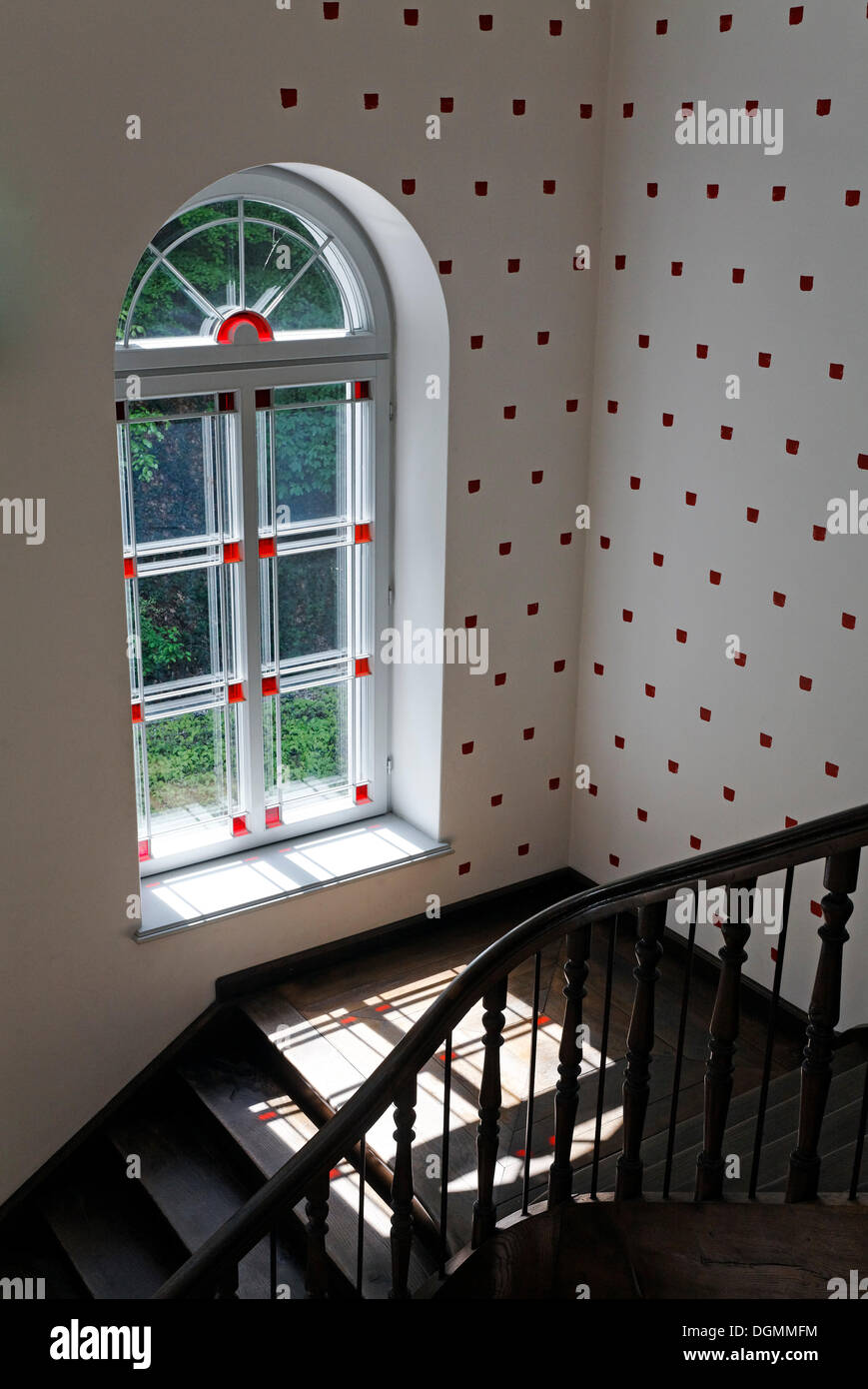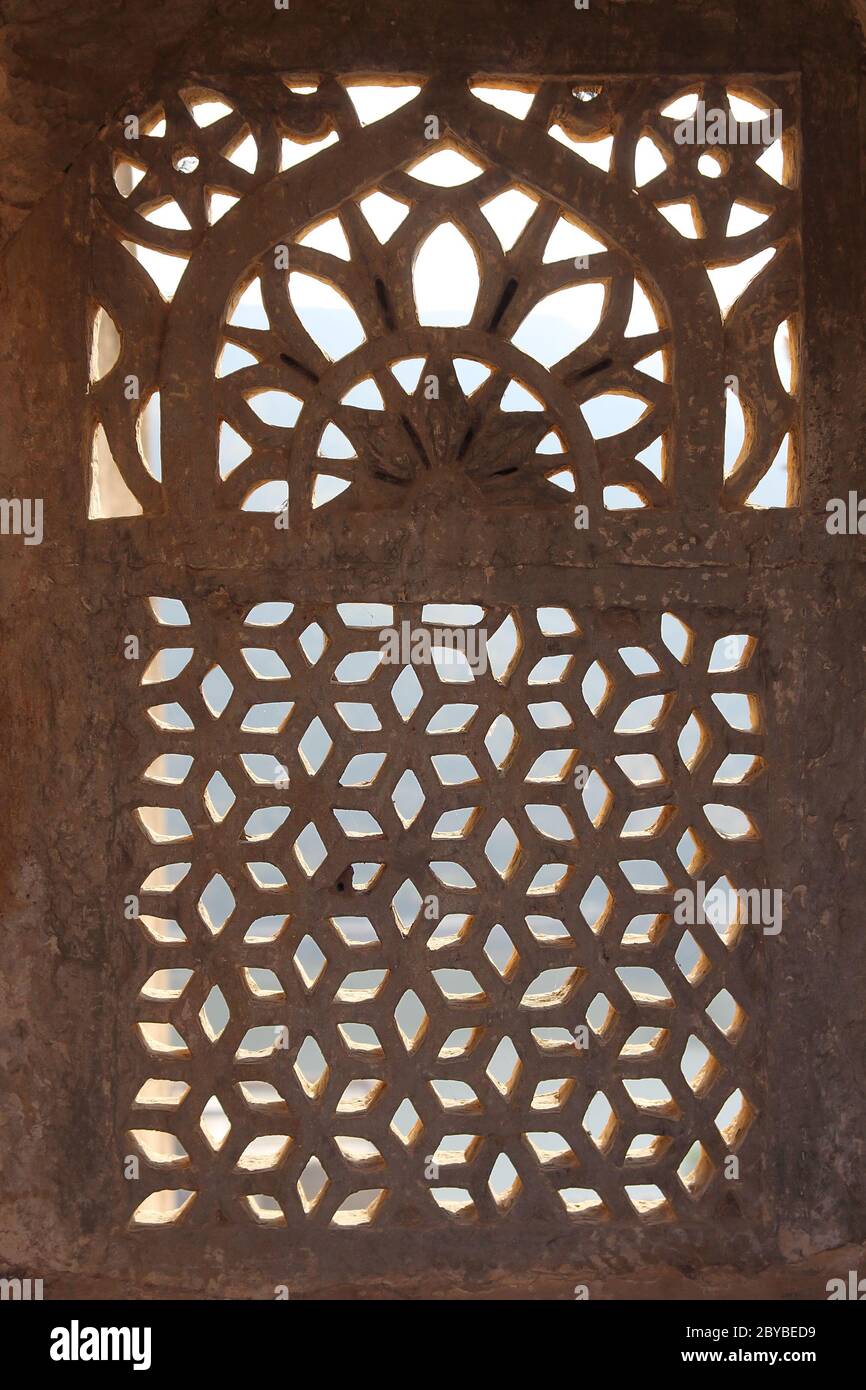

In the following section, you will see the settings for some common wall conditions. As a default, every surface, which has no boundary condition is treated as an adiabatic wall. Solid surfaces are treated with ‘ Wall‘ boundary conditions. In thermal comfort simulations, we are only interested in the temperature of the air domain and use some simplifications to imitate heat transfer between the walls of the domain with external conditions. Walls in reality are composed of multiple layers of different materials, such as concrete, brick, insulation, paint, etc. Figure 1: A typical wall with a window model Walls
Wooden lattice over windows represents how to#
They also make it harder for people outside to see inside.The objective of this article is to show how to set boundary conditions for walls and windows in thermal comfort ( convective heat transfer) simulations. These doors are used to make the building look nicer and provide support. What is a lattice door?Ī lattice door is a pretty door that has a design with lots of little pieces of wood or metal crossing each other in a pattern. It uses crisscrossed wood, iron plate bars, or other materials arranged in either a diagonal or square pattern to create a visually interesting effect that can be used to filter light as well as provide structural support. Lattice is an openwork decorating style that is typically seen in interior design. The purpose of the lattice is to provide an openwork decoration in interior design that utilizes crisscrossed wood, iron plate bars, or other materials arranged in a diagonal or square pattern.

Lattices provide privacy while also providing an interesting visual effect that can be used to filter light and create shade.

They can also be used as garden designs to create trellises or arbors. These are typically seen on windows, doorways, walls, and furniture in order to provide both aesthetic appeal and structural support. So if you want an easy way to improve your interior design, a lattice is a good option! What is a lattice on a house?Ī lattice on a house is an openwork decoration that is usually made of crisscrossed wood, iron plate bars, or other materials arranged in either a diagonal or square pattern.

This means that it can help make a design more interesting, private, and functional. It can be used for both how it looks and how it works. Lattice is a good choice for designers who want to add special elements to their designs. With all the things it can do, the lattice is bound to be a great addition to any interior design plan. It can also help keep things private and create neat visual effects, like making light look different or creating shade. Lattice can be used in many different ways in interior design, like making cool wall displays or acting as a divider between rooms. To sum it up, Lattice is a great choice for interior designers who want to add privacy and visual interest to a space. Lattice can be a great way to enhance the look and feel of a room while providing functional benefits as well. Not only does lattice add an interesting visual dimension to the space but it can also be used to increase privacy and security by making it difficult for passersby to see into the interior. It is also commonly used in garden designs to create trellises or arbors. Lattice designs are often found on windows, doorways, walls, and furniture to provide aesthetic appeal and structural support. It can be used as an architectural feature to divide up spaces and create interesting visual effects such as providing shade or filtering light. Lattice is an openwork decoration in interior design that utilizes crisscrossed wood, iron plate bars, or other materials arranged in a diagonal or square pattern.


 0 kommentar(er)
0 kommentar(er)
